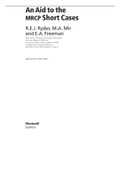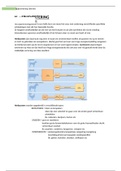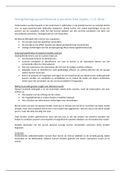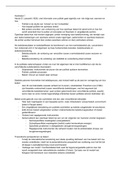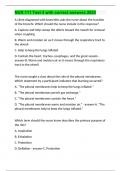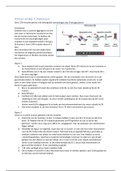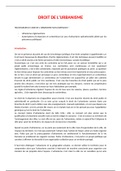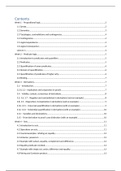Samenvatting
Summary Immunology (AB_1144)
Complete summary of the course Immunology (AB_1144) from the 1st year of biomedical sciences, VU Amsterdam. This summary contains all information needed for the exam, and includes all the material from the lectures and the book that was required for this course. This summary was made during my firs...
[Meer zien]




